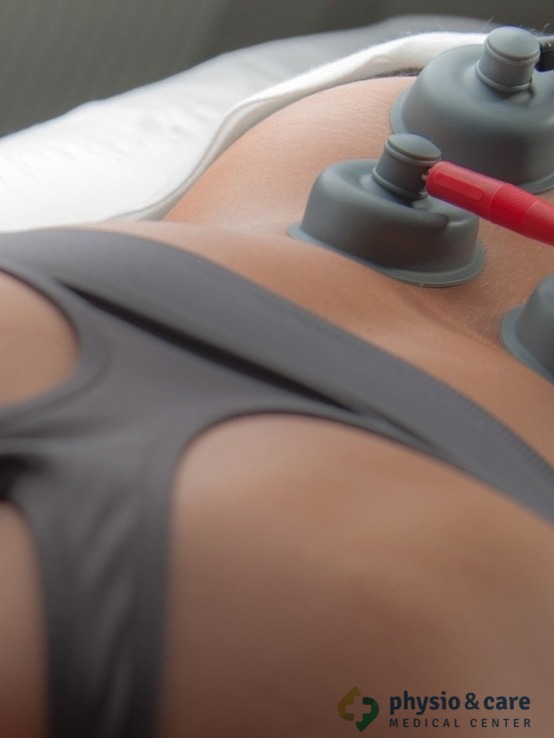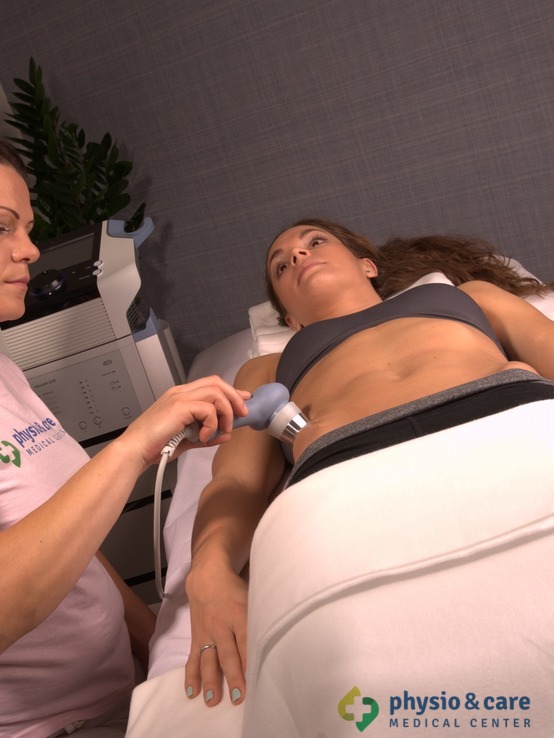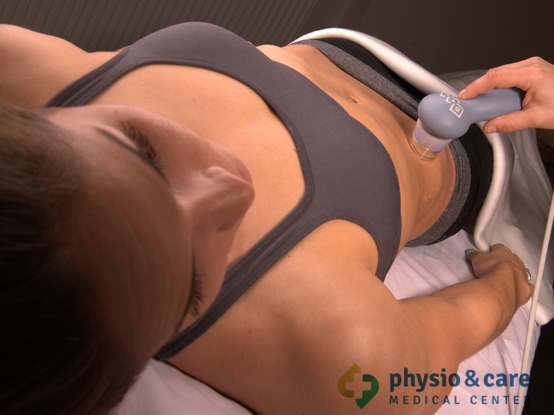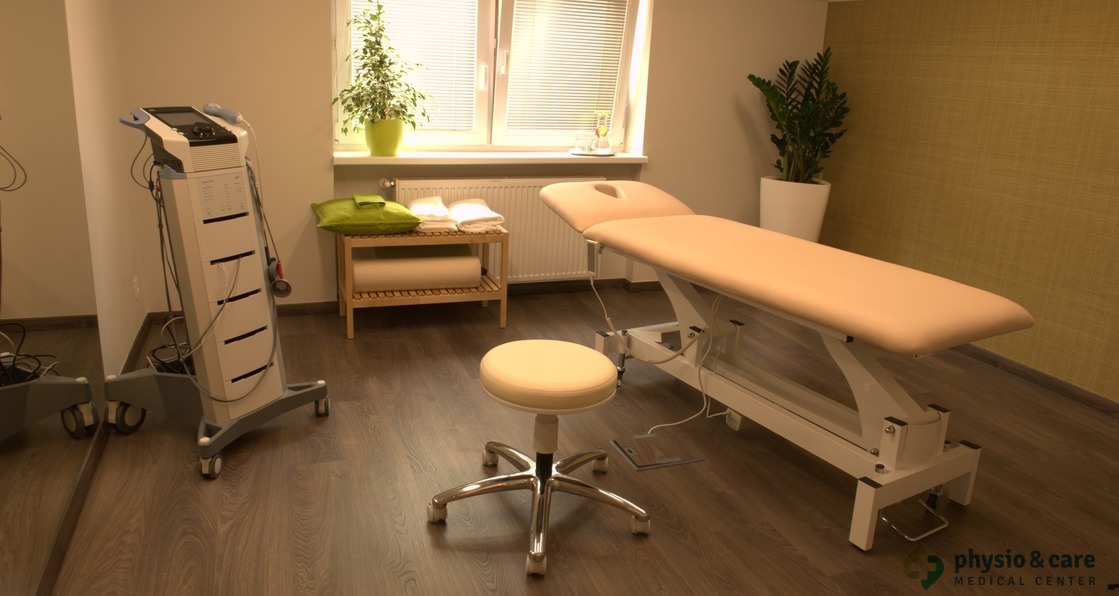Laser therapy is non-invasive therapeutic method based on the application of low-energy monochromatic, coherent radiation in the form of a laser beam. The laser beam is absorbed in the tissues and its energy is transferred to the tissue cells for restoration of their normal function.
These are electromagnetic waves from the visible light area. Harmonic vibration is capable of transferring large amounts of energy, and leads to increased cell membrane permeability and improves their nutrition.
Low energy laser therapy is designed to provide the treatment of painful musculoskeletal disorders and the treatment of traumatic and inflammatory conditions of the skin, mucous membranes, and soft tissues. The effect is particularly biostimulative, regenerative, anti-inflammatory, and painkilling based on the evoked photomechanical reactions.
It has a very wide range of applications.







